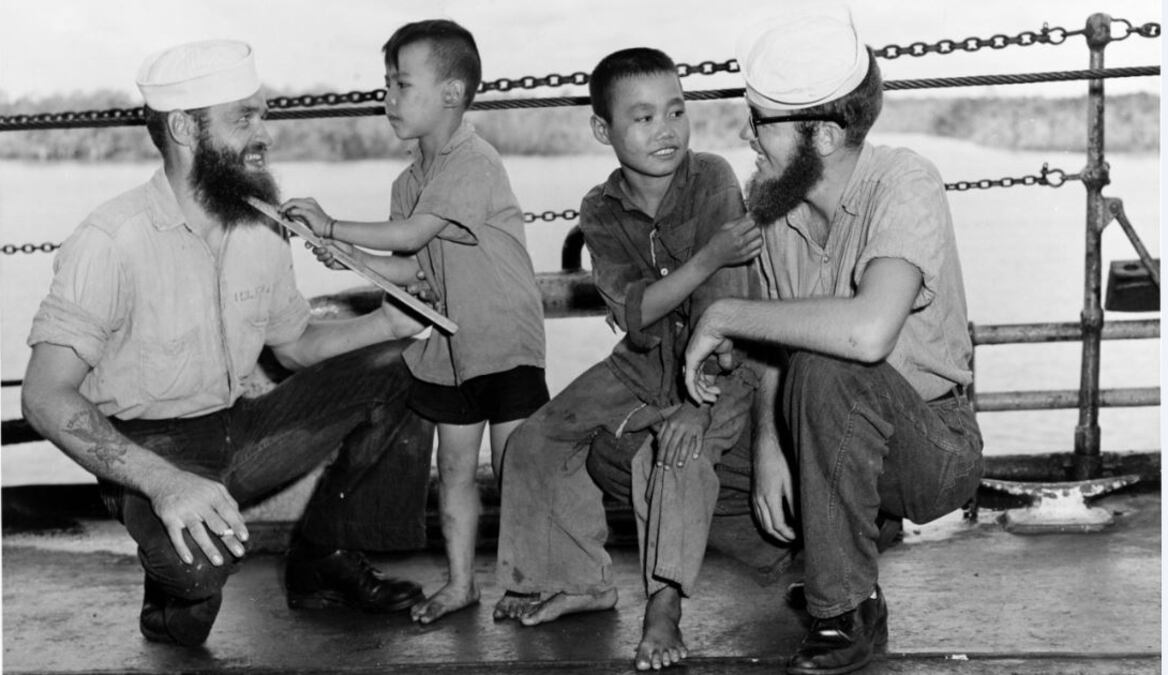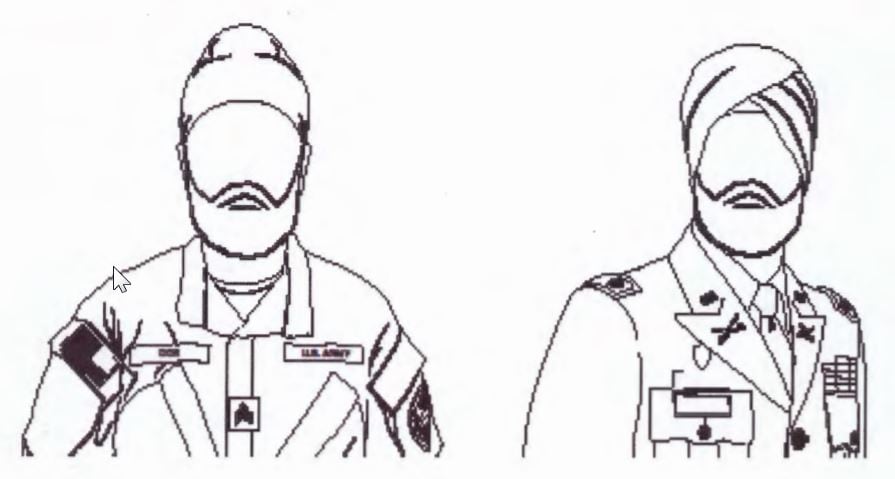The Navy isn’t ready to update its beard policy — at least not yet, according to Chief of Naval Personnel Vice Adm. John Nowell Jr.
The Navy hasn’t always prohibited beards in uniform. In fact, it wasn’t until 1985 when then-Chief of Naval Operations Adm. James Watkins issued an order barring sailors from growing facial hair, with exceptions for those who had legitimate health concerns.
While the Navy has said it is reexamining that policy in response to sailor feedback on the topic, the service is not poised to unveil any update regarding beards at this time.
“We’ll continue to evaluate it as we look at what we’re doing ashore,” Nowell said during a Facebook live “town hall” event Tuesday. “We’re not quite ready to pull that trigger yet, but we hear your feedback, and it’s something we’re taking into consideration.”
Although some foreign militaries permit beards, Nowell said the burden isn’t on him to keep those service members safe.
“Some countries do allow it, others do not,” Nowell said. “But again, my job quite frankly isn’t keeping someone in the German Navy safe — it’s keeping you safe.”
RELATED

Fleet Master Chief Wes Koshoffer cited Naval Safety Center studies, which indicate that facial hair stymies the ability to create an air-tight seal with face masks. Even so, as Navy Times previously reported, Safety Center records indicate there has only been one case, more than 25 years ago, in which a beard contributed to a mishap.
Koshoffer explained that the service does view facial hair differently depending on whether a sailor is serving at sea or ashore. As a result, policies do vary due to different safety concerns.
“At sea, it’s not a pretense. It really is about safety,” Koshoffer said.
“In port, we are granting some religious accommodations for people that have a bona fide religious practice of unshorn facial hair or other religious accommodations,” Koshoffer said.
Chief of Naval Operations Adm. Michael Gilday said last month the Navy is reconsidering its beard policy as part of Navy Task Force One, which was stood up in June to address diversity and inclusion issues within the service. The task force was created during the midst of the the national racial discussion following the death in May of George Floyd, a Black man prosecutors say was killed while in the custody of white Minneapolis police officers.
The Navy has made several modifications in recent years regarding the service’s beard policy. For example, the Navy announced last October, under Gilday’s leadership, that it would halt issuing permanent waivers for sailors affected by razor bumps, more formally known as pseudofolliculitis barbae, or PFB. The condition is caused by shaving and is common among men who have curly facial hair, especially Black men.
RELATED

“We made a decision pretty early in my tenure as CNO to do away essentially with no-shave chits,” Gilday said last month during an event with Defense One. “Some would argue that I moved too fast with that decision and that some were disadvantaged by it.”
The order required sailors with permanent no-shave chits to seek a medical reevaluation within six months. As a result, sailors must now seek a 60-day temporary no-shave waiver allowing them to grow their beards out to ¼ inch while they receive treatment including new shaving techniques, use of medical cream, or laser hair reduction.
Although it’s not likely that the Navy will embrace beards anytime soon, Nowell didn’t rule out the possibility that the policy may change in the future.
“We know you want it. We’re listening to you,” Nowell said Tuesday. “We’re being honest and transparent with why right now the answer is no. It does not mean as we look, especially ashore, that it’s not something that we won’t consider here in the future. But we’re not there quite yet.”





